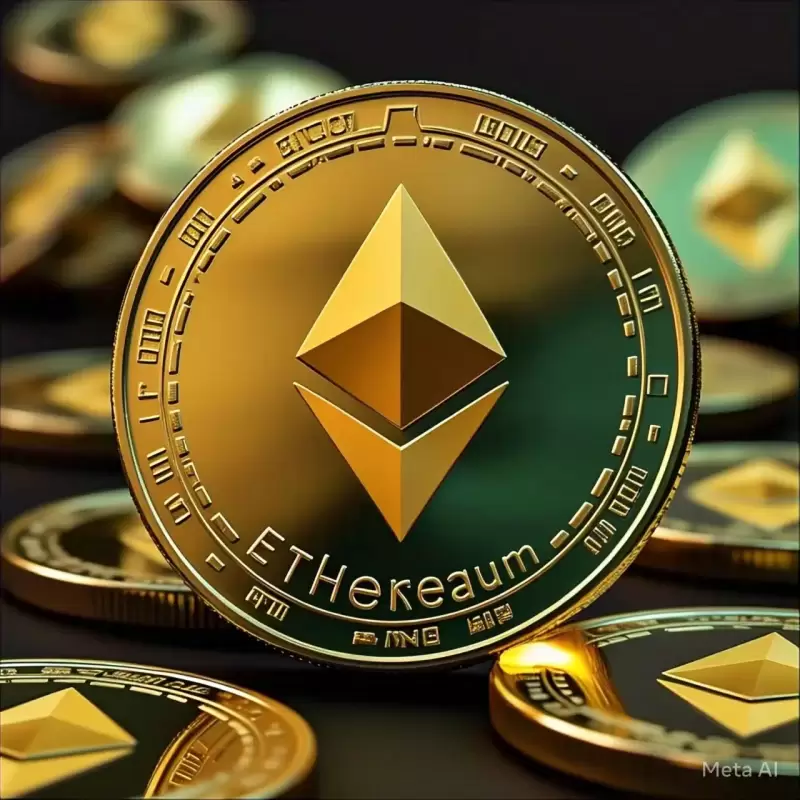 |
|
 |
|
 |
|
 |
|
 |
|
 |
|
 |
|
 |
|
 |
|
 |
|
 |
|
 |
|
 |
|
 |
|
 |
|
This announcement frustrated supporters anticipating a Pi Binance listing. However, the exchange's position arises from fundamental issues concerning the Pi Network's current status.

Binance, the largest global digital asset exchange by trade volume, confirmed it will NOT currently list Pi Coin. This announcement follows rumors and anticipation among supporters of the project. However, the exchange’s position arises from fundamental issues concerning the Pi Network’s current status. These problems include its formerly closed mainnet, lack of liquidity, and overall preparedness for a major exchange listing.
A primary barrier to the token’s listing was its closed mainnet structure. Unlike most established cryptocurrencies like Bitcoin or Ethereum, which have open blockchains viewable on platforms like Block Explorer, Pi Network had limited transactions within its controlled system. This restriction prevented exchanges from properly assessing crucial factors like liquidity, usability, and market activity.
To address Binance’s concerns, Pi opened its main net in February, but other problems will likely continue to prevent its listing.
Regulatory Ambiguities and Centralization Concerns
Another significant obstacle involves Pi’s unclear regulatory status. Binance adheres to strict compliance standards across numerous global regions. It avoids listing assets that could breach anti-money laundering rules or securities laws. Pi lacks clear regulatory approvals, making it a riskier asset for major exchanges.
Beyond regulatory uncertainty, the exchange also noted concerns about the Pi Network’s governance model. Unlike projects like Bitcoin, where decisions are distributed among many participants, Pi Network’s development is heavily controlled. Its core team directs progress, raising questions about the project’s adherence to decentralization principles that major exchanges often prioritize when evaluating assets.
Market Liquidity and Trading Volume Issues
Pi Coin currently lacks the market liquidity required for a stable trading environment. Unlike many digital currencies active on decentralized exchanges or centralized platforms, this token is unavailable for open market transactions. This unavailability presents a significant obstacle for a Pi Binance listing. This is because they typically list assets demonstrating independent price discovery, stable liquidity, and broad adoption across trading venues. Listing Pi Coin without an active market introduces volatility risks and potential manipulation concerns.
Additionally, Pi Coin price performance has not been encouraging recently. It experienced a sharp decline of over seventy percent from its peak value of $2.98. As a result, its market ranking dropped significantly from 11th to 24th. The lack of a robust market foundation weakens its case for inclusion on Binance.
Latest Pi Price Prediction
Despite recent struggles, some analysts remain optimistic about Pi’s long-term potential. Market experts suggest the Pi Coin price could eventually experience a significant breakout. The positive outlook persists despite the risks of the Pi price falling below $0.84. A potential Pi price surge relies on technical indicators and anticipated future developments within the Pi Network ecosystem. These factors contribute to a cautiously optimistic outlook among some market observers.
Chart 1 – Published on TradingView, March 27, 2025.
However, a massive Pi token unlock scheduled soon could negatively impact investor sentiment. Over 105.96 million Pi Coins are set to enter circulation, potentially increasing selling pressure. While some traders view this release as a buying opportunity, others caution about the broader effects. They warn that Pi price stability remains uncertain without addressing liquidity issues and gaining formal regulatory approvals from relevant authorities.
A Long Road Ahead for Pi Coin
Binance’s decision not to list Pi Coin arises from multiple concerns. These include the network’s closed infrastructure, significant regulatory questions, and market liquidity challenges. Although the Pi Network boasts a large community, user numbers alone are insufficient for a Pi Binance listing. Pi remains an uncertain investment without regulatory approval and improved market liquidity.
For now, Pi Network supporters need to wait for listings on major exchanges like Binance. Future inclusion and a bullish Pi price prediction might be possible if the project effectively addresses Binance’s key concerns. Until then, Binance’s rejection underscores the importance of transparency, decentralization, and compliance in the broader cryptocurrency space for aspiring projects.
Disclaimer:info@kdj.com
The information provided is not trading advice. kdj.com does not assume any responsibility for any investments made based on the information provided in this article. Cryptocurrencies are highly volatile and it is highly recommended that you invest with caution after thorough research!
If you believe that the content used on this website infringes your copyright, please contact us immediately (info@kdj.com) and we will delete it promptly.
-

- ExoraPad, an AI-Powered IDO Launchpad Built Exclusively on the XRP Ledger, Raises Over 55000 XRP in Its Presale
- Apr 01, 2025 at 11:30 pm
- As excitement continues to swell around XRP’s bullish potential following Ripple’s regulatory clarity, savvy investors are swiftly shifting their focus to ExoraPad
-

-

-

-

- Charles Hoskinson, the founder of Cardano, has consistently been a thoughtful industry leader in the blockchain sphere.
- Apr 01, 2025 at 11:20 pm
- Hoskinson has some interesting thoughts on how Cardano will have a significant influence on the development of Bitcoin's DeFi landscape. He thinks large financial institutions will drive DeFi adoption in Bitcoin.
-

-

-

-



























































